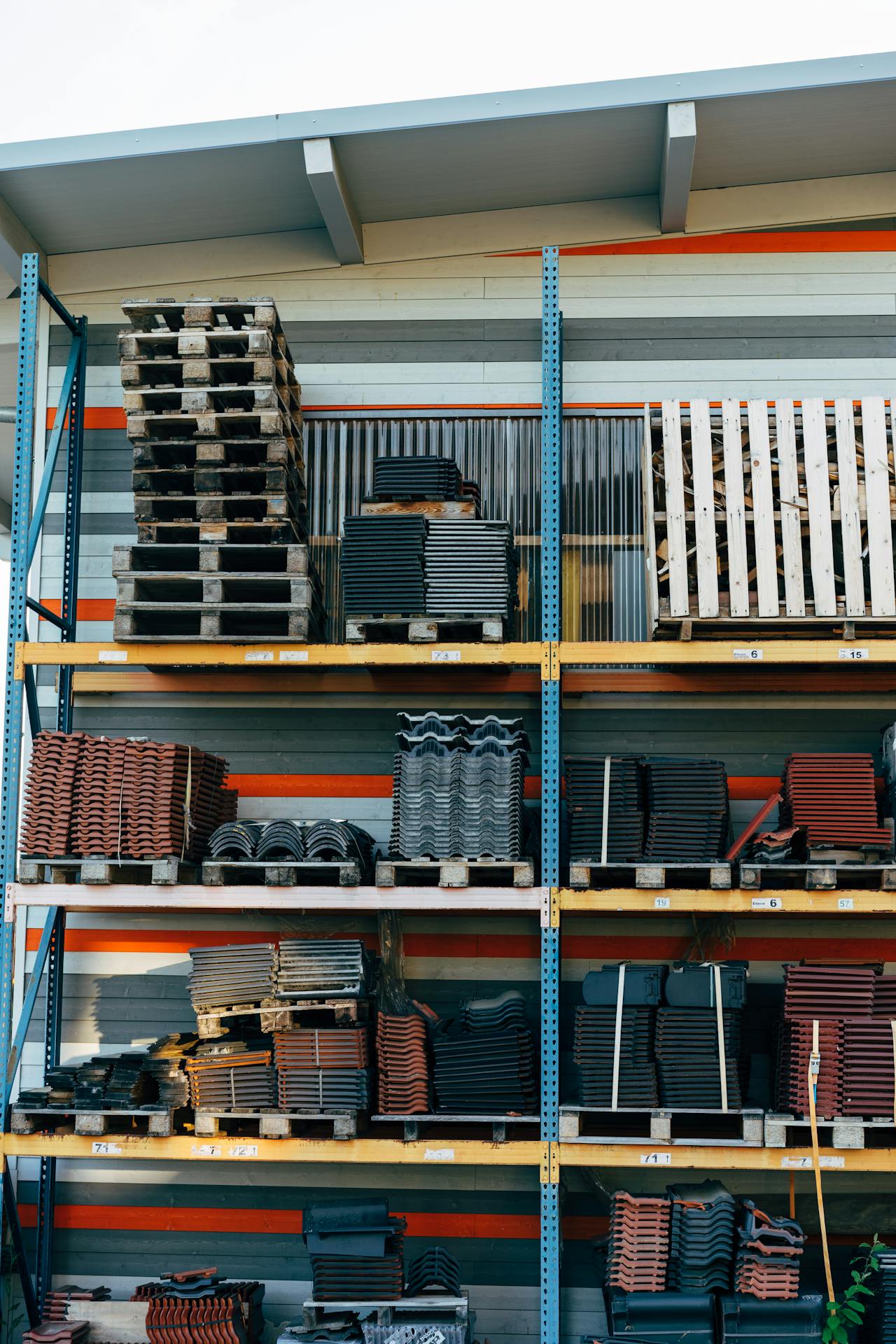Have you ever wondered if your warehouse is making the most of its space? A pallet rack system can completely transform how you store and access inventory, but before you jump into pallet rack installation, there’s one critical step: measuring your warehouse correctly. Whether you’re purchasing new or used pallet racks, accurate measurements ensure your system is safe, efficient, and cost-effective.
In this article, we’ll walk you through everything you need to know about preparing your warehouse for pallet rack installation. You’ll learn how to measure floor space, account for ceiling height, factor in aisle width for forklifts, and make sure your system complies with warehouse safety standards. By the end, you’ll feel confident about planning your warehouse pallet racking project the right way.
Why Accurate Measurements Matter
When it comes to warehouse pallet racking, precision isn’t optional; it’s essential. Misjudging even a few inches of available space can lead to racks that don’t fit properly, wasted square footage, or worse, a warehouse safety hazard. According to the Occupational Safety and Health Administration (OSHA), improper storage and racking contribute to thousands of warehouse accidents each year. Ensuring correct measurements at the start helps reduce these risks and improves efficiency for years to come.
Step 1: Measure Your Warehouse Floor Space
Start with the basics: your floor. Measure the total length and width of your warehouse. Don’t just focus on the empty space where racks will sit; account for doors, support columns, emergency exits, and any other permanent fixtures that may interfere with installation.
Keep in mind that pallet rack installation isn’t about filling every inch of space. You’ll need clear pathways for forklifts, employees, and equipment. Overcrowding can slow operations and compromise warehouse safety.
Step 2: Consider Ceiling Height and Vertical Clearance
One of the biggest advantages of warehouse pallet racking is its ability to maximize vertical space. But to do this safely, you’ll need to know your exact ceiling height and check for any obstructions, such as sprinklers, lighting, or HVAC ducts.
Racks must provide enough clearance between the top pallet and the ceiling to meet fire code regulations. The National Fire Protection Association (NFPA) recommends leaving at least 18 inches between stored materials and fire sprinklers. Ignoring this rule can put your warehouse and employees at risk during an emergency.
Step 3: Factor in Aisle Widths
Efficient warehouse operations depend on aisle design. Too narrow, and forklifts won’t maneuver safely. Too wide, and you waste valuable space.
The right aisle width depends on your equipment. For example, standard forklifts typically need at least 12 feet of clearance, while narrow aisle trucks may operate in spaces as small as 8 feet. Measure the turning radius of your machines and factor this into your layout before ordering your racks.
Step 4: Determine Pallet Sizes and Load Requirements
Not all pallets are created equal. The most common pallet size in the United States is 48 by 40 inches, but many warehouses handle custom sizes. Before choosing a rack system, measure your pallets and note their maximum load weight.
This step is critical for both safety and cost efficiency. Overloaded racks can lead to dangerous collapses. On the other hand, installing racks that are too heavy-duty for your needs could mean overspending on materials. A trusted supplier like Pallet Rack World can help you find the right balance.
Step 5: Plan for Future Growth
A well-designed pallet rack system should serve you for years, not just today. As you measure your warehouse, think ahead about potential growth. Will you be storing larger items in the future? Could your inventory expand, requiring more rack space? Planning for flexibility now will save you time and money down the road.
This is where used pallet racks can also be an excellent option. They’re cost-effective and often available in a variety of sizes, making it easier to adapt your system as your business grows.
Step 6: Consult Warehouse Safety Regulations
Before finalizing your layout, check local building codes and OSHA guidelines. Safety standards vary by location, and compliance is non-negotiable.
For instance, rack anchors, seismic design considerations, and load capacity signage are all required in many areas. Proper pallet rack installation by a professional ensures your warehouse meets these requirements and minimizes liability risks.
Measuring Checklist for Pallet Rack Installation
Here’s a quick recap of what to measure before moving forward with warehouse pallet racking:
- Total warehouse floor space (including obstructions).
- Ceiling height and clearance from sprinklers, lighting, or ductwork.
- Required aisle widths based on forklift or equipment type.
- Pallet dimensions and maximum load capacity.
- Future expansion needs and potential changes in inventory.
- Compliance with warehouse safety codes and regulations.
Completing these steps will give you the blueprint for a safe and efficient system tailored to your warehouse.
How Pallet Rack World Can Help
At Pallet Rack World, we understand that warehouse planning can feel overwhelming. From selecting the right used pallet racks to ensuring proper pallet rack installation, our team is here to guide you every step of the way. With years of experience in warehouse pallet racking, we’ll help you design a layout that maximizes efficiency while prioritizing safety.
Get Your Warehouse Ready for the Future
Measuring your warehouse correctly is the foundation of a successful pallet rack installation. By carefully considering floor space, ceiling height, aisle width, pallet size, and safety standards, you’ll create a system that not only fits but also enhances your daily operations.
Whether you’re upgrading to new racks or looking into cost-effective used pallet racks, the right measurements ensure long-term success. Don’t leave your warehouse layout to guesswork. Plan with precision, prioritize warehouse safety, and partner with experts who know the industry inside and out.
Ready to take the next step? Contact us today to discuss your warehouse pallet racking needs and get started on a system designed for your business.







